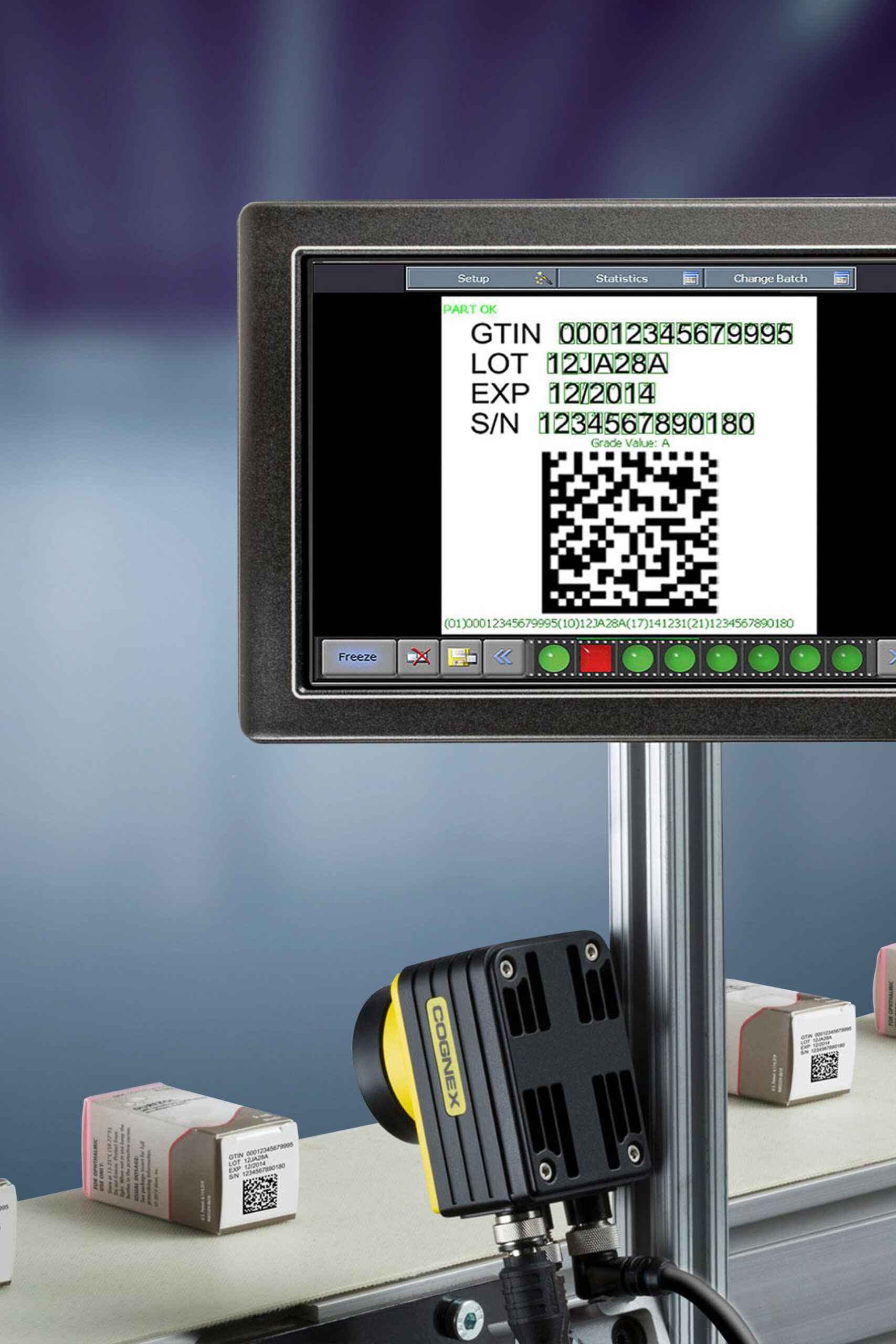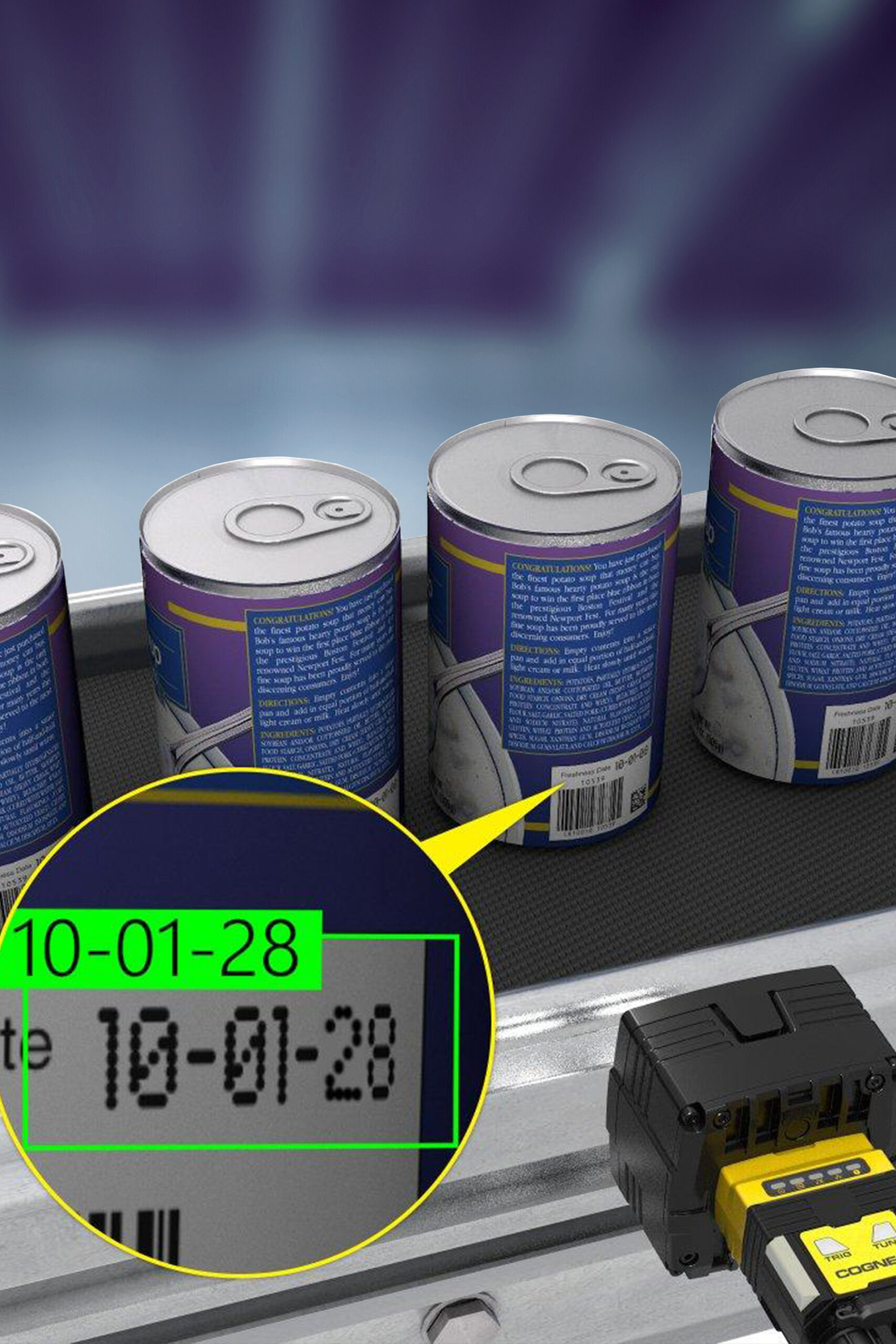Product identification, Labelling, Inspection and Robotics
VISY TECHNOLOGY SYSTEMS CALL 1800 634 569
Categories:
2D Code Scanner, barcode inspection, Inspection, Visyon Vision
Recently viewed products:
No recently viewed products to display
Cognex OCR & 2D Code Scanning System
The Cognex OCR & 2D Code Scanning System refers to the integration of Optical Character Recognition (OCR) technology within vision systems to automate the process of reading and interpreting text from images. This technology is widely used in various applications, including quality control in manufacturing and packaging.
Key Aspects of Cognex OCR & 2D Code Scanning System:
-
Definition of OCR: OCR is a technology that converts images of text—whether typed, handwritten, or printed—into machine-readable text formats. This allows for automated data extraction and processing from camera images.
-
Functionality: Vision systems equipped with OCR capabilities can identify and extract text from various surfaces, such as labels and packaging. These systems utilise advanced algorithms to detect text regions and differentiate between different types of codes (like date, lot, and batch codes)
-
Applications:
-
Quality Assurance: In manufacturing, OCR systems are used to verify that printed text on products meets specified standards, ensuring accuracy and compliance.
-
Data Entry Automation: By converting physical documents into digital formats, OCR reduces the need for manual data entry, enhancing efficiency.
-
-
Advantages:
-
Speed and Accuracy: OCR systems can process information much faster than human operators, significantly improving throughput in environments like production lines.
-
Cost Efficiency: Automating text recognition reduces labor costs associated with manual data handling.
-
In summary, vision systems OCR combines computer vision and text recognition technologies to facilitate automated reading and verification of text in various applications, enhancing operational efficiency and accuracy in data handling.




